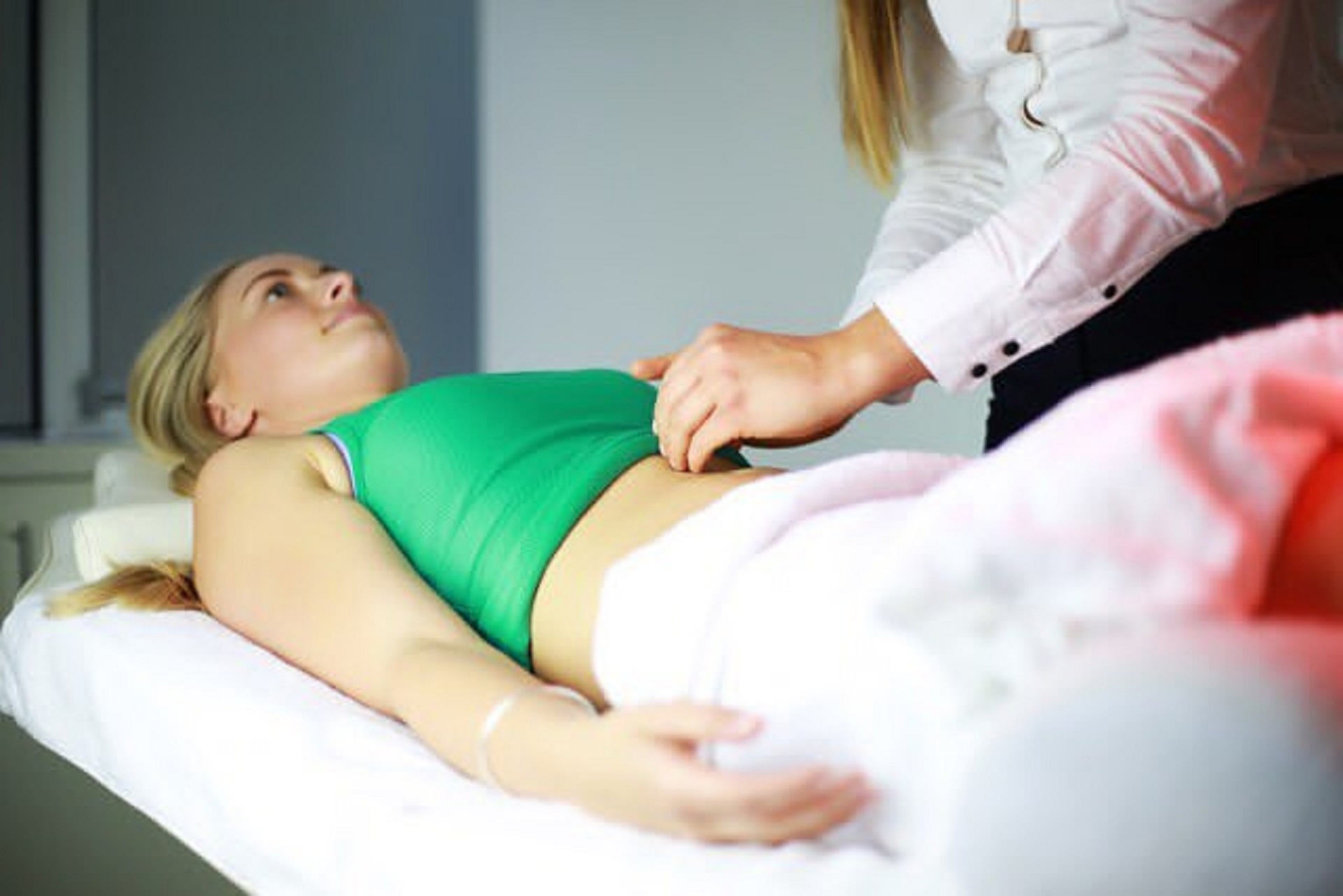Modern Varicose Vein Removal: Non-Surgical Solutions That Work
Varicose vein removal can be achieved through non-invasive methods that help reduce their appearance and discomfort. Lifestyle changes like regular exercise, leg elevation, and compression stockings may improve circulation and support vein health without the need for medical procedures.
What Are Non-Surgical Varicose Vein Removal Options?
Non-surgical varicose vein removal encompasses a range of minimally invasive treatments that address problematic veins without requiring surgical incisions. These modern approaches include sclerotherapy, endovenous laser therapy, radiofrequency ablation, and VenaSeal closure system. Unlike traditional vein stripping surgery, these procedures typically require only local anesthesia and allow patients to return to normal activities within days rather than weeks.
The effectiveness of these treatments stems from their ability to close off damaged veins, redirecting blood flow to healthier vessels. This process naturally eliminates the appearance of varicose veins while addressing underlying circulation issues that contribute to their formation.
How Do Lifestyle Changes Support Vein Health?
Conservative varicose vein removal options often begin with lifestyle modifications that can significantly improve vein health. Regular exercise, particularly activities that engage the calf muscles like walking and swimming, helps promote healthy blood circulation and reduces pressure on leg veins. Elevating the legs above heart level for 15-20 minutes several times daily can also provide relief from swelling and discomfort.
Compression stockings represent one of the most effective non-invasive approaches to managing varicose veins. These specially designed garments apply graduated pressure to the legs, supporting proper blood flow and preventing blood from pooling in damaged veins. Many patients experience noticeable improvement in symptoms when combining compression therapy with other lifestyle changes.
Which Medical Procedures Require No Surgery?
Sclerotherapy stands as one of the most popular varicose vein removal options for smaller veins. During this procedure, a medical professional injects a sclerosing solution directly into the affected vein, causing it to collapse and eventually fade from view. The treatment typically takes 15-30 minutes and requires no anesthesia beyond the initial injection.
Endovenous laser therapy and radiofrequency ablation offer excellent results for larger varicose veins. These procedures use targeted energy to heat and seal problematic veins from the inside, effectively eliminating them without external incisions. Most patients experience minimal discomfort and can resume normal activities immediately following treatment.
What Results Can Patients Expect From Treatment?
The success rates for non-surgical varicose vein removal options are impressive, with most procedures showing effectiveness rates between 85-95%. Patients typically notice improvement in both the appearance of their veins and associated symptoms within 2-4 weeks following treatment. Complete results may take several months as the body naturally absorbs the treated veins.
Long-term outcomes depend on various factors including the severity of the initial condition, patient adherence to post-treatment care instructions, and ongoing lifestyle habits. Many patients maintain their results for years, though some may require touch-up treatments as new veins develop over time.
Why Are These Treatments Popular in America?
The United States has seen remarkable growth in non-surgical vein treatments, with over 600,000 procedures performed annually. American medical centers have pioneered many of these innovative techniques, making the country a leader in minimally invasive vein care. The FDA’s approval of advanced technologies like VenaSeal and updated laser systems has further expanded treatment options available to patients.
Insurance coverage for varicose vein removal has also improved significantly, with many plans covering medically necessary treatments when conservative measures have failed. This increased accessibility has made professional vein care available to a broader range of patients across the country.
How Much Do These Treatments Typically Cost?
Understanding the financial investment required for varicose vein removal helps patients make informed decisions about their care. Treatment costs vary significantly based on the procedure type, geographic location, and extent of treatment needed.
| Treatment Type | Average Cost Range | Sessions Typically Needed |
|---|---|---|
| Sclerotherapy | $300-$500 per session | 2-4 sessions |
| Endovenous Laser Therapy | $1,500-$3,000 per leg | 1-2 sessions |
| Radiofrequency Ablation | $1,500-$2,500 per leg | 1-2 sessions |
| VenaSeal Closure | $2,000-$3,500 per leg | 1 session |
| Compression Stockings | $20-$100 per pair | Ongoing replacement |
Prices, rates, or cost estimates mentioned in this article are based on the latest available information but may change over time. Independent research is advised before making financial decisions.
Many factors influence final treatment costs, including the complexity of the case, geographic location, and whether insurance coverage applies. Patients should discuss payment options and potential insurance benefits with their healthcare provider before beginning treatment.
Conclusion
Non-surgical varicose vein removal options have transformed the treatment landscape, offering patients effective solutions without the risks and recovery time associated with traditional surgery. From simple lifestyle modifications to advanced medical procedures, these approaches provide multiple pathways to healthier, more attractive legs. As technology continues to advance and insurance coverage expands, these treatments become increasingly accessible to Americans seeking relief from varicose vein symptoms. The combination of proven effectiveness, minimal downtime, and improved quality of life makes non-surgical vein treatment an attractive option for millions of patients nationwide.
This article is for informational purposes only and should not be considered medical advice. Please consult a qualified healthcare professional for personalized guidance and treatment.





